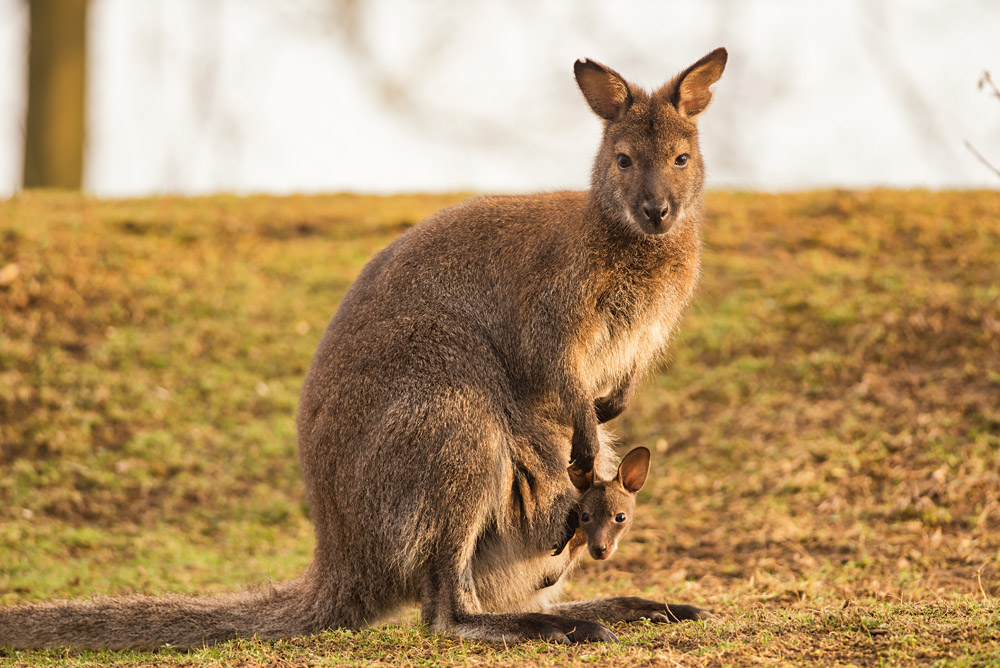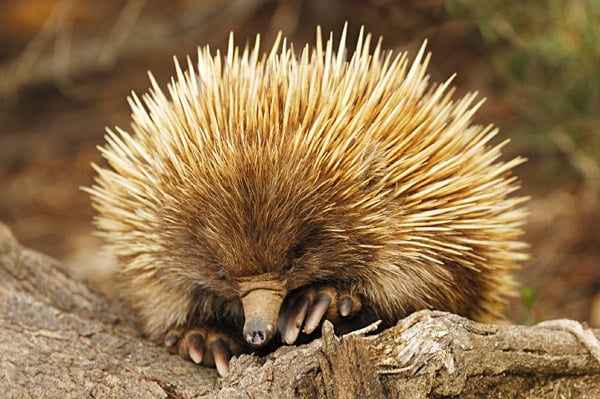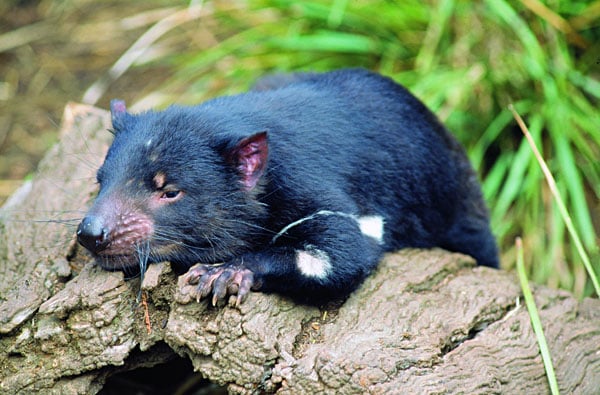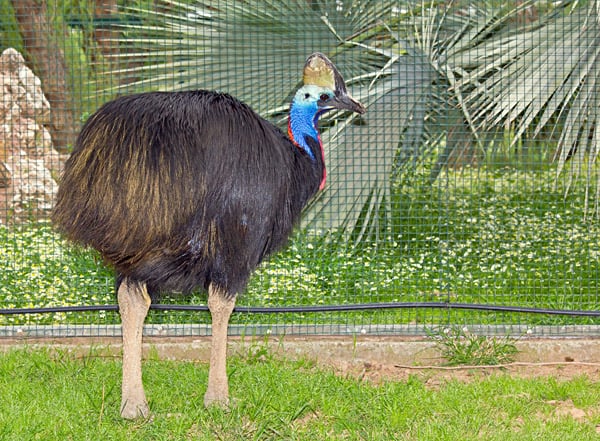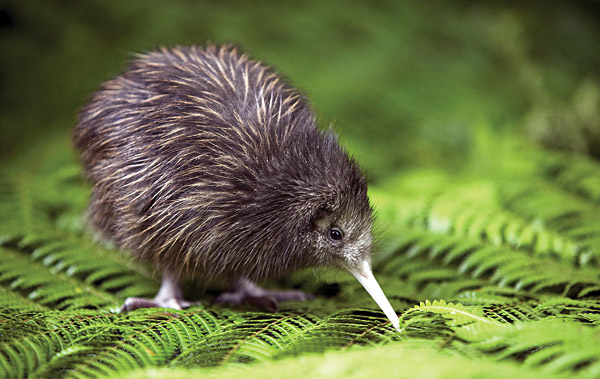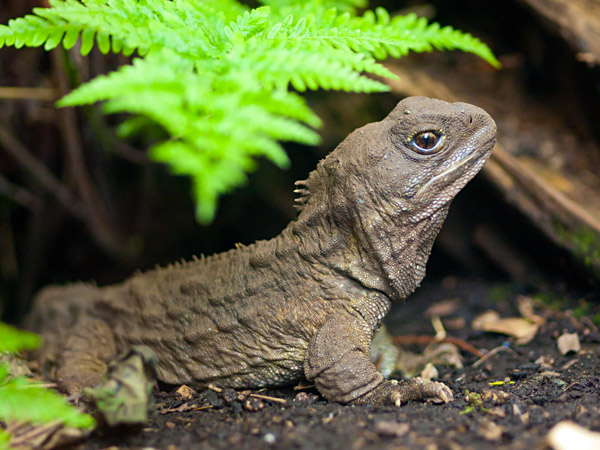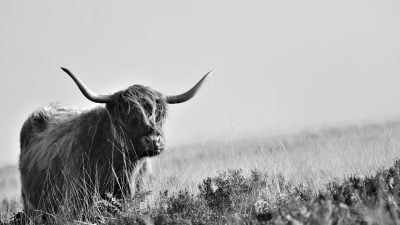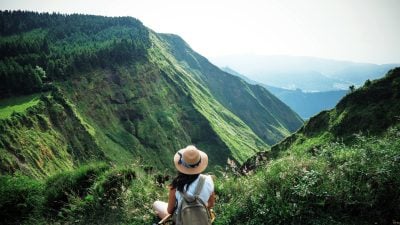Home / Australia & South Pacific / Australia / Unique Wildlife in Australia a…
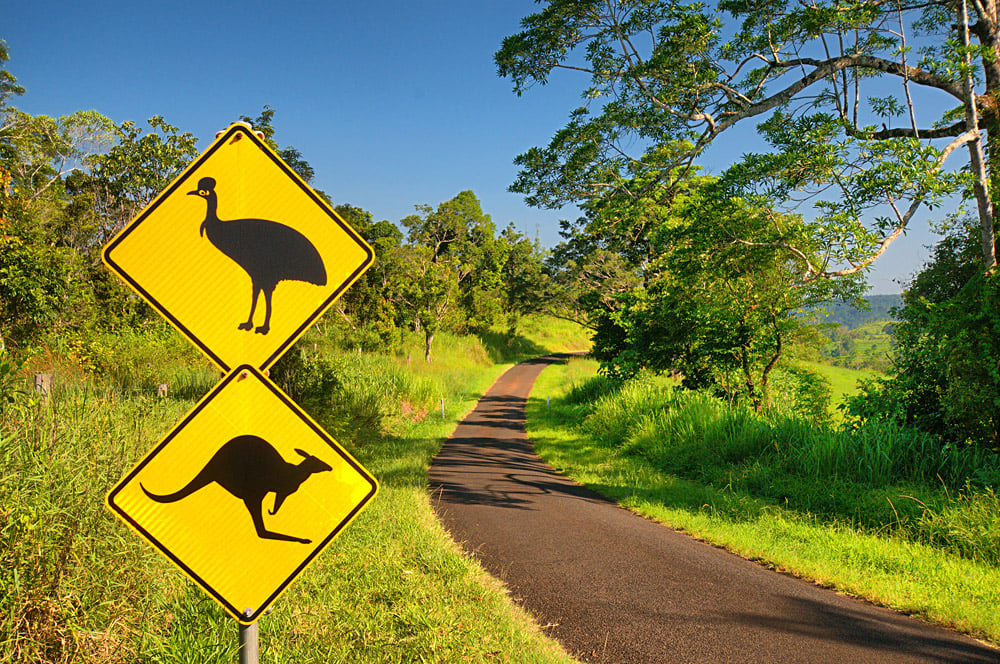
Unique Wildlife in Australia and New Zealand
Australia and New Zealand are wonderlands filled with exotic animal species. In Australia alone, there are “more than 378 mammal species, 828 bird species, 4,000 fish species, 300 species of lizards, 140 snake species, two crocodile species, and around 50 types of marine mammals,” according to Australia.com. Whet your appetite for your trip to Australia and New Zealand with this list of some of the country’s most fascinating wildlife.
Kangaroos
No tour in Australia is complete without a glimpse of some kangaroos. More than 60 different species of kangaroos exist, and you can see these marsupials practically anywhere in the country. Keep your eyes open and you might even spot a joey in the midst of a court of kangaroos. If you can see a kangaroo jump, you’re in for a treat; some of them can jump up to three times their own height.
Koalas
Koalas are mostly concentrated in the southeast region of Australia, but you might spot one in other places. If you do get to see one, it will probably be resting. These lazy mammals are active for about two hours each day. Eucalyptus leaves are the primary part of their diet, and koalas get so much hydration from them that they rarely need to drink water.
If you want to check out both these amazing creatures, you’ll encounter them on our Kangaroos & Koalas In the Wild full day excursion.
Wombats
Wombats inhabit several areas in Australia, and different species make their home in different regions. You’ll find common wombats in Tasmania, Eastern Victoria, and parts of New South Wales and Queensland. The hairy-nosed wombat inhabits the southern and western portions of Australia, while the almost extinct northern hairy-nosed wombat is found only in the Epping Forest National Park in Queensland. Even if you see wombats only when they’re sleeping, they might amuse you, as they sometimes sleep on their backs with their feet in the air.
 Platypus
Platypus
The platypus, with its duck bill, might look funny, but these animals are no laughing matter. Found in Eastern Australia, males have venom that can kill a small dog or cause horrible pain in humans. The platypus has a huge appetite and can consume their own weight in food in 24 hours. Another interesting fact about the platypus, as well as the echidna, is that they are both egg-laying mammals – a rarity in nature. Want to see some platypuses for yourself? You may want to stay at Silky Oaks Lodge, a Goway Stay of Distinction, which borders the Daintree Rainforest.
Echidnas
Echidnas, also known as spiny anteaters, live in both Australia and Papua New Guinea. These adorable little animals have the lowest body temperature of any mammal — just 89 degrees Fahrenheit. Echidnas can live up to 50 years, thanks to their slow metabolism. If your travel to Australia takes you to see some echidnas, don’t laugh if you hear the word “puggle” – that’s the proper term for baby echidnas.
Tasmanian Devils
When you visit Australia, you should also arrange a visit to Tasmania, where you can behold Tasmanian devils. These fierce animals are the only carnivorous marsupials left, and they’re active only at night. If you hear a Tasmanian devil scream, you’ll remember the chilling, unworldly sound. Life is tough for babies, or imps, of these species. A mother may give birth to up to 50 imps at one time, but only about four will survive.
Cassowaries
If you choose one of the Australia vacation packages that take you to the rainforest area in northern Queensland, you might see a cassowary. These colourful, flightless birds are slightly smaller than ostriches, and they pack a powerful kick. Even though they can’t fly, cassowaries can swim — some have been known to swim up to two miles.
Kiwis
If your travels take you to New Zealand or Stewart Island, which is off New Zealand’s coast, you might see some kiwi birds. These flightless marvels are the smallest ratites (ostriches and emus are also ratites), but they lay the largest eggs of any species in the world, relative to their body size. Five species call designated areas of both New Zealand’s North Island and South Island home.
Tuataras
The tuatara, a reptile, has a lineage that stretches back to the time when dinosaurs walked the earth. They are endemic to New Zealand. The word tuatara comes from the Maori language for “peak on the back.” Only two species of tuatara remain. Head to Rainbow Springs to see these fascinating reptiles.
You can arrange a tour to take you to all the spots where Australia’s wildlife dwells, or you can visit the Australia Zoo for a small sample of all that the Land Down Under has to offer.
Suggested Itinerary:
9-Day Aussie Sampler
Whichever you choose, find out how to pack your Australia vacations and New Zealand explorations full of adventure and thrills, including the mind-blowing wildlife.
Get more travel inspiration by email.
Subscribe
0 Comments

Get the latest travel trends & hear about the best deals on vacations around the world.
If you’re a Globetrotter, these are the newsletters for you!
